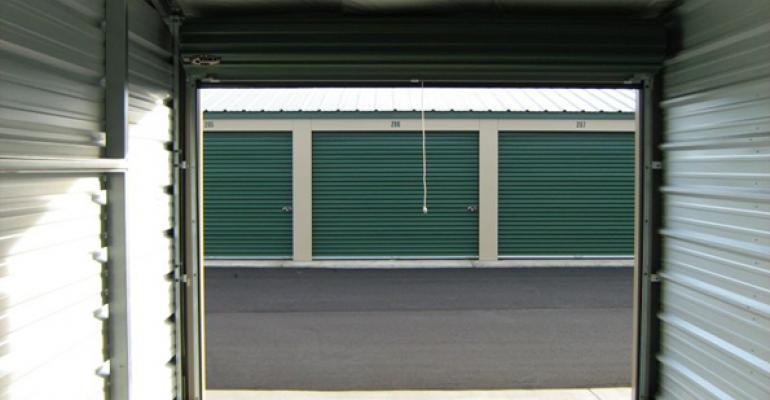Lodging assets and self-storage facilities have been the darlings of the national real estate scene over the past few years, with hotel sales prices rising 33 percent in the past year alone, and self-storage investment showing robust strength and steady increases over the last several years.
As self-storage facilities, motels and extended stay hotels continue to attract the attention of investors, especially REITs, institutional funds and other large-portfolio players, the growing use of these types of assets as temporary laboratories for methamphetamine production is creating a new wave of litigation that investors must be prepared to address during acquisition due diligence.
The growing phenomenon of using these types of rented accommodations as laboratories for producing meth, as well as the recent evolution of a one-step process for production of the drug, are causing enormous headaches for property owners and neighbors, and spawning a new focus on risk assessment and due diligence measures designed to prevent potential future litigation and the stigma of the “meth lab” label being attached to investment assets.
There is no doubt about the impact these illicit drug factories have on the built environment. The labs are toxic environments, as evidenced by the fact that the cooks wear protective respiratory gear and clothing to prevent inhalation and skin ingestion of the chemicals. The vapors are toxic and can contaminate building materials and surfaces, creating a hazardous environment. Unbeknownst to future occupants, they may be moving into a toxic environment that can only be rectified with costly remediation. Insurers are reporting an increase in claims for toxic buildings, and the costs for clean-up can be hefty, at about $10,000 per room/unit.
Complicating matters is that the classification “former meth lab” is a wide umbrella that covers everything from full-blown drug manufacturing facilities to locations where police have arrested users for meth possession. Only a full review by qualified due diligence consultants can determine the extent of the contamination, and what measures have been or need to be taken to remediate the problem.
Investors in motels, extended stay hotels and self-storage facilities, which provide the privacy and easy access to water and other utilities necessary to manufacture the drug, are particularly vulnerable to the “meth lab” label. While one or two such reports may not make much of a difference when investing in a portfolio of these types of assets, single-asset investors looking to repurpose properties for residential or office development could face considerable problems down the road if these instances are not addressed. The consequences of meth lab contamination can be more far reaching in a development where toxicity permeates into adjoining units or buildings, or in jointly used amenities such as HVAC systems.
We are currently witnessing the emergence of a new wave of construction-related litigation where a sick building syndrome more commonly associated with Legionnaires disease may become associated with meth cooking labs.
All across the world, the increasing prevalence of meth labs in shared spaces such as hotels, self-storage facilities and private accommodations poses enormous challenges to public health. It also poses challenges to the built environment and those who operate and work within the assets. This trend also imposes new responsibilities on investors in these assets and their due diligence prior to purchase.
Owners need to disclose the fact that an asset had been used as a meth lab or meth cooking facility, which needless to say will have a very negative effect on price. Failure to engage in such disclosure can be grounds for contract recession in many instances as a non-disclosure of a material fact.
Evidence of former meth lab activity in an asset should be uncovered by a proper Phase I Environmental Site Assessment. However, the true nature of the contamination can only be established through a proper investigation of the extent and type of the activity, and what remediation issues were subsequently taken.
Charles Mulligan, managing director of IVI Assessment Services, a CBRE Company, contributed to this article.

